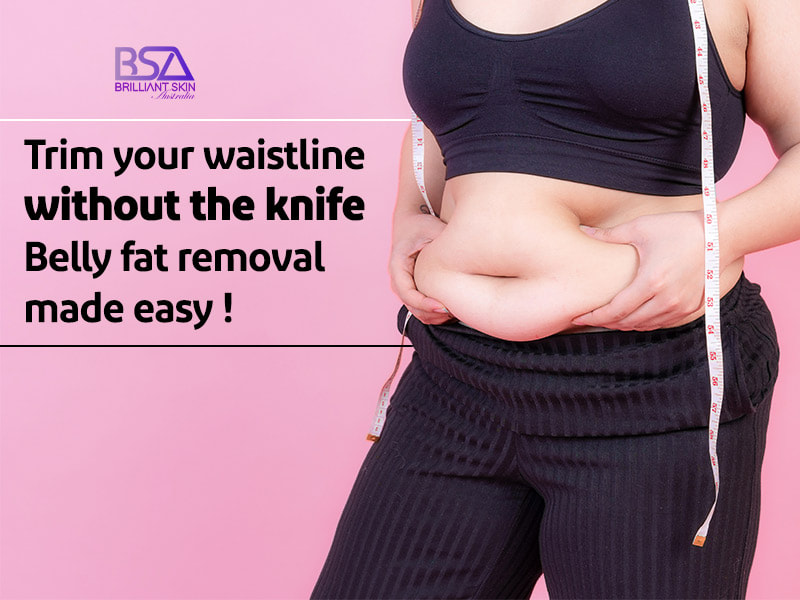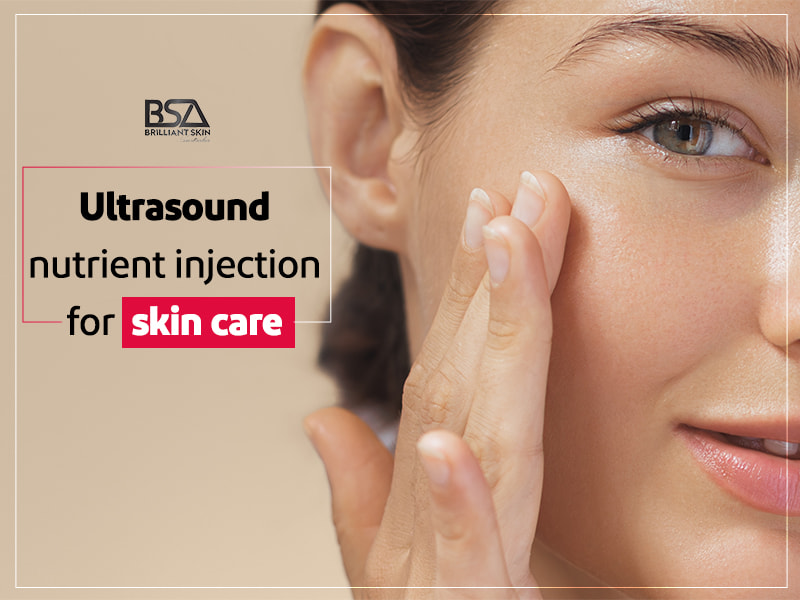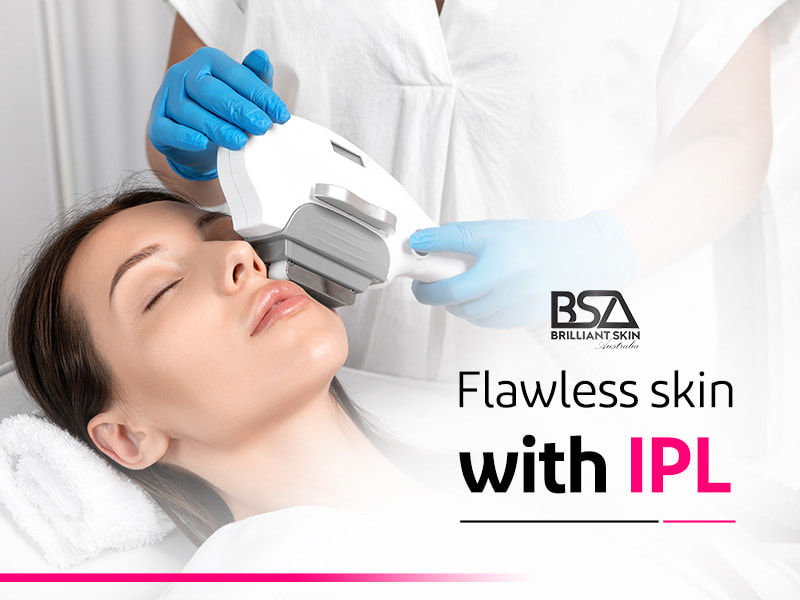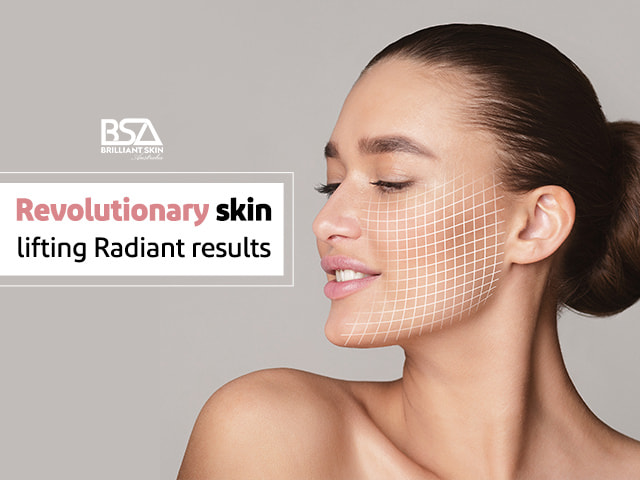How to Apply Sunscreen Effectively
- Updated November 3, 2022
- by Honey Seida
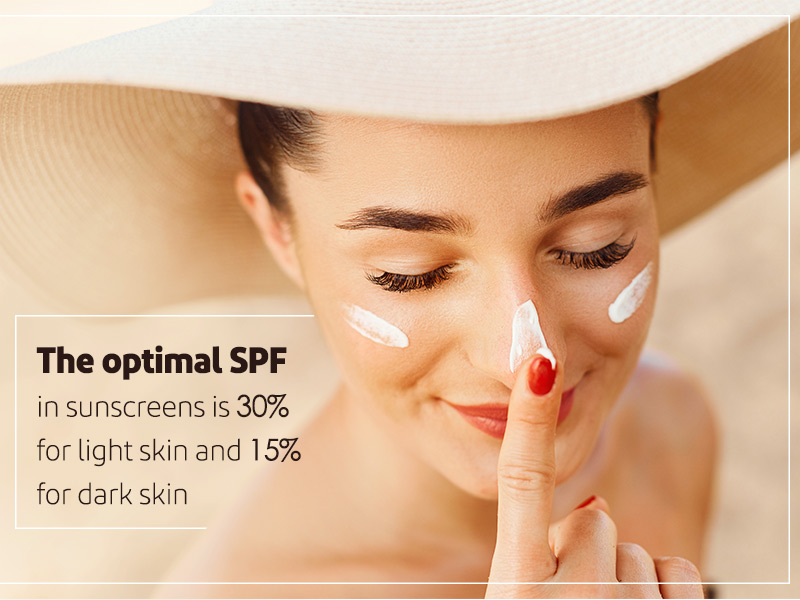
Sunscreens which are mostly in the form of creams and sometimes in the form of sprays or rolls are one of the most important skin care products everyone needs to take advantage of. A good sunscreen not only has a significant effect on a person's beauty but also acts as a very strong anti-aging element against dangerous skin diseases, including types of cancer and melanoma. In this post from Brilliant Skin Australia, we are going to learn how to apply sunscreen effectively.
Why We Need to Apply Sunscreen
Among the benefits of using sunscreens is preventing the formation of wrinkles in the skin, preventing skin darkening, and the appearance of spots and skin imperfections.
Sunlight consists of a spectrum of waves. The range of UV rays (400 to 100), is more important for us as that is what can potentially harm us. The most dangerous part of the range is UV-C, UV, and VACUUM-UV, which fortunately do not enter the earth's atmosphere due to the presence of the ozone layer. Unfortunately, in areas of the globe such as the North Pole and the South Pole, due to the thinning of the ozone layer, some UV-C reaches the earth. In general, assuming that the ozone layer is healthy, 95% of the total range of UV rays, UV-A, and only 5% of UV-B reach the earth.
Effects of UV-A Light
- Aging skin
- wrinkles
- Darkening
Effects of UV-B Light
- Sunburn
- Destruction of the immune system
- Cataracts
- Skin Cancer
The purpose of using sunscreens is to prevent the destructive effects of UV-A and UV-B light.
Let us assume that the urban UV index is 6, which means that the skin without any protection will suffer from sunburn and UV effects if it is exposed to sunlight for more than 30 minutes.
These are the recommendations on the care required for each UV intensity. In some weather forecasting apps, you can also see the UV degree written by number or intensity:
- 0-2 Low
- 3-5 Moderate
- 6-7 High
- 8-10 Very High
- +11 Extreme
Read more: Home Remedie for Sunburn
Characteristics of a Good Sunscreen
Sun Protection Factor (SPF≥15)
It is an index that shows the resistance provided by the sunscreen against burns (caused by UV-B), the minimum value of which should be 15, but the American Academy of Dermatology recommends 30. In other words, the higher the SPF, the greater the protection against UV-B.
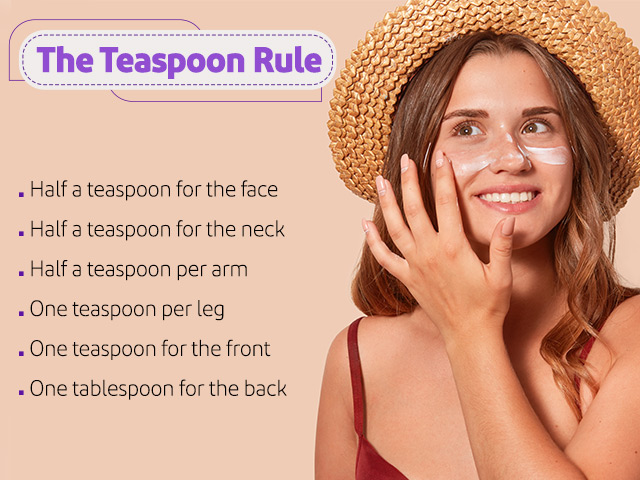
Blocking UV-A
Most people only judge sunscreens by SPF, while SPF only indicates protection against UVB, which makes up only 5% of the sun's harmful rays reaching the earth. More important is protection against UVA (95% of all harmful rays), which most people do not pay enough attention to.
The maximum protection against UVA is 5 in the UK, PA+++ in Japan, and PA++ in Australia.
Compatible with Your Skin
Some people have oily skin and some other people’s skin is dry, so you need to use a sunscreen that is suitable for you based on your skin type. For example, if you have oily and acne-prone skin, you should use a type of sunscreen with less fat or a sunscreen gel so as not to aggravate the skin's oiliness and close its pores.
Read more: Effective Acne Treatment
How Much Sunscreen Should You Use?
Sunscreen is only effective if you use it correctly. Everyone should use an ounce (the equivalent of a golf ball) of sunscreen on the part of the skin exposed to direct sunlight. This amount is reduced to the size of a small coin for the face. What you need to remember is that the sunscreen should be renewed every two hours and after swimming or heavy sweating.
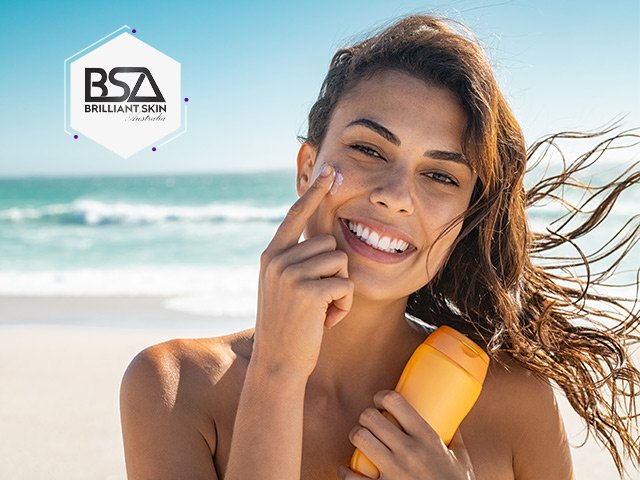
The Teaspoon Rule in Using Sunscreen
- Half a teaspoon for the face
- Half a teaspoon for the neck
- Half a teaspoon per arm
- One teaspoon per leg
- One teaspoon for the front of the body
- One teaspoon for the back of the body
How to Use Sunscreen
- 20 to 30 minutes before being exposed to the sun, use sunscreen so that with the help of your body temperature, the base of the cream will imperceptibly melt a little and cover your skin completely.
- Be sure to remove the cream from your skin every 2 to 3 hours and reapply it. Because these chemical compounds, if left on the skin for a long time, produce toxic substances and cause damage to the skin and wrinkles.
- If your sunscreen is water resistant, when you sweat or work in water, the sunscreen will remain on your skin for up to 40 minutes. If your product is highly resistant to water, this time will increase to 80 minutes.
Sunscreens and Vitamin D Deficiency
If you strictly need to use sunscreens all the time, there is a possibility of vitamin D deficiency. But there is no need to worry as you can easily use vitamin D supplements under the supervision of a doctor and still take care of your skin properly.
Sunscreen and Children
According to the American Academy of Pediatrics, sunscreen products should not be used in babies younger than six months. However, in the absence of suitable clothing and sufficient shade, it is possible to use a small amount of appropriate sunscreen on a small area of the body.
Considering that the skin of a baby does not have the thickness and efficiency of the skin of an adult, the sunscreen product used should not be irritating to the baby's skin and eyes.
Final Word
The best way to protect your skin from the harmful rays of the sun is to use sunscreen. But the correct way of using anything is the most crucial step in getting anything out of it. Using sunscreen correctly is like using the ingredients correctly to prepare a delicious dish. If you have the best and highest quality ingredients to cook a dish, but you do not know how to use and combine those ingredients, the food will not be of much interest. So, once you find good quality sunscreen, you must learn how to apply sunscreen effectively.

